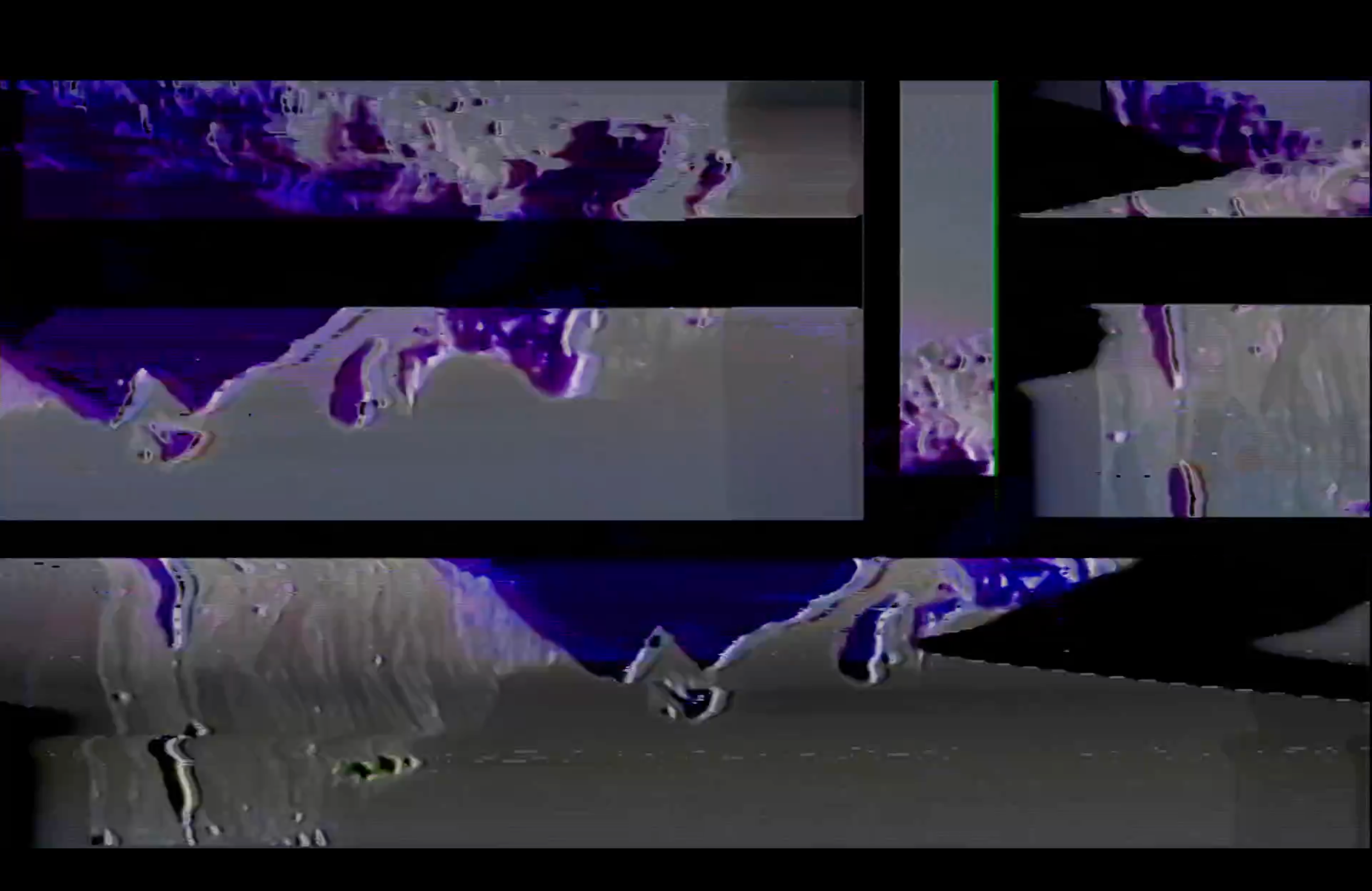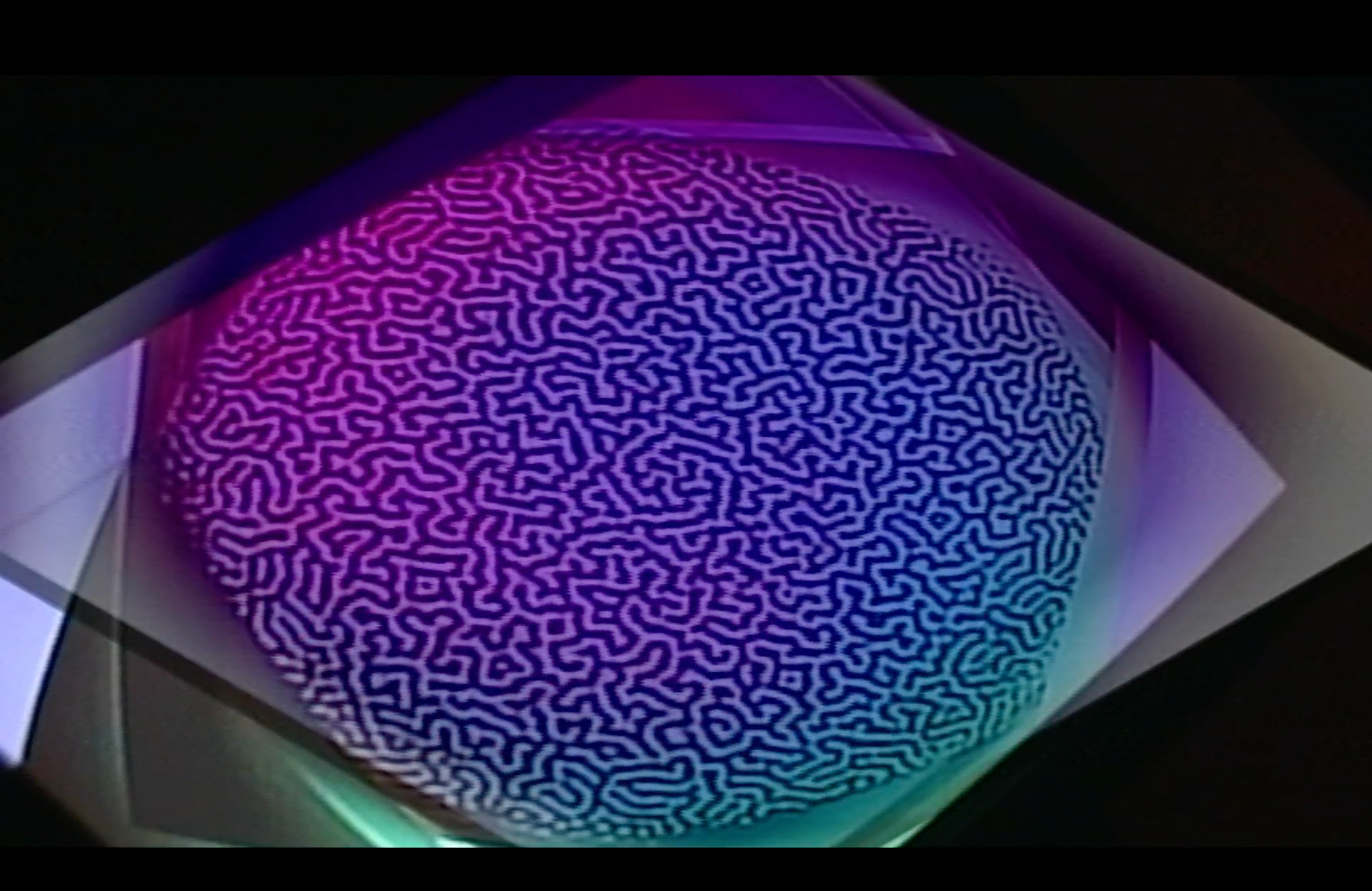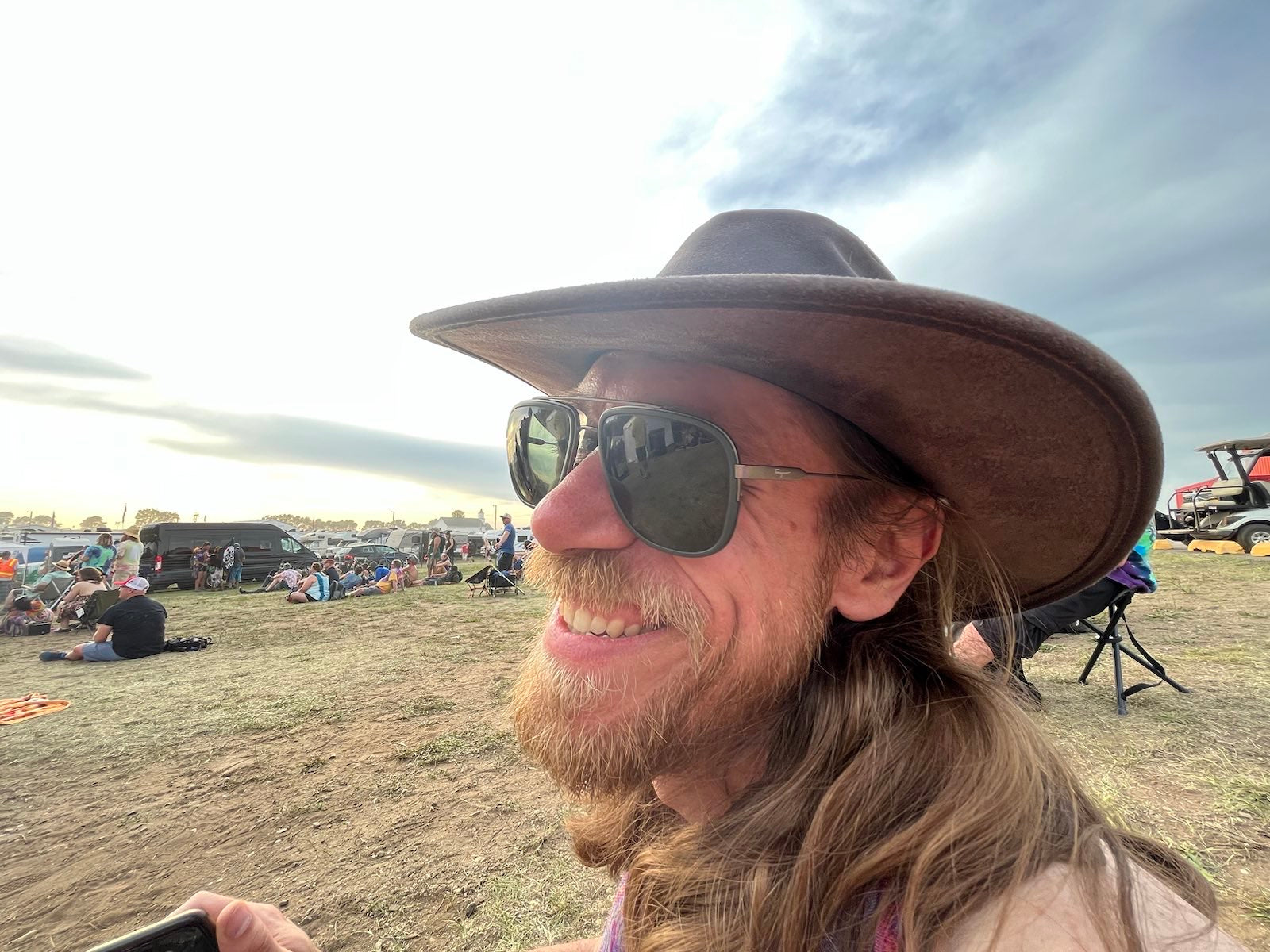
Jacob Roufa | neuro.studio spotlight
Written by: chris.
In an era defined by the smooth, cold glass of the screen, there is a palpable, growing desire not merely to observe art, but to interact with it. It’s a yearning for connection that our Partner and Tech Director at neuro.studio, Jacob Roufa, understands in his very bones. Roufa does not claim to be an artist in the traditional sense, at least not in his own estimation. He’s a lifelong musician who describes himself as "nowhere near professional." He’s a programmer by trade, whose career has equipped him with a meticulous, engineering-focused mind. Yet, in the vibrant intersection of sound, visuals, and interactive experience, Jacob has found his voice as a compelling and innovative artist.
Roufa builds conduits for play, upcycling the ghosts of technology past into tangible, joyous experiences for the present. His flagship interactive installation, the “Hypnocade,” is a brilliant act of artistic alchemy — a vintage arcade cabinet rewired for the collaborative creation of psychedelic, analog glitch art.
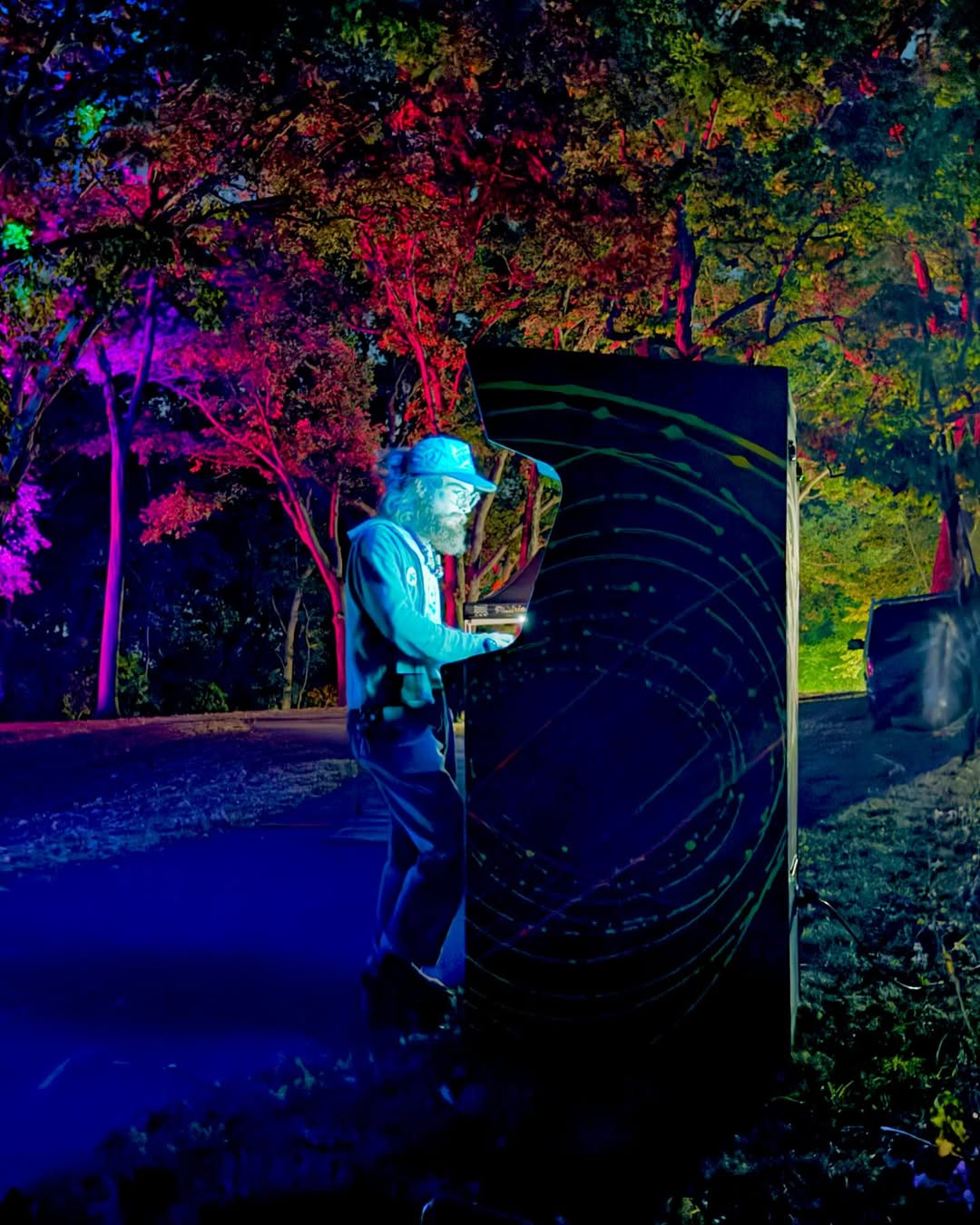
We sat down with Jacob to explore the journey that led him from the crowd of a rock show to the intricate wiring of his own unique artistic vision. His story is about more than a single project, including the profound power of curiosity, the courage to claim one's identity as an artist, and the fundamental human need to play.
It all began, as many creative journeys do, with music. Roufa, a lifelong musician, was looking for a way to contribute to a friend's psychedelic rock band that went beyond his own playing. The answer arrived like a bolt of lightning during a concert.
“I was at a, I think it was at a dead show, and saw crazy visuals on the screen. And I just kind of had this epiphany of, like, what if I did that?” he recalls. “It's music adjacent, right? A visual performer has to be a musician, an integral part of that live music experience.”
The idea had taken root, but the tools were still a mystery. Serendipity, as it often does for the curious, intervened. “Within two weeks, the internet spoke to me,” Roufa says with a laugh. He stumbled upon a device called the Sleepy Circuits Hypno, a digital video synthesizer that felt like the missing piece of the puzzle. “It felt like Kismet. It was one of those things that I saw it, and I knew immediately this is what I was thinking about. This is how I can participate. And so I ponied up for one, and when I got it, I could not stop playing with it… It was so captivating. It was unlike anything that I'd ever experienced before to play with moving pictures like that.”
That initial fascination sent him down a deep rabbit hole. He built a small performance rig, learning to sync stage lighting with the video signals, and began performing alongside his friend’s band. Over time, his focus sharpened, drifting towards the beautifully imperfect world of lo-fi and glitch aesthetics. This exploration was freeing, taking place in what he describes as the “wild west” of video art, where every artist’s process is unique and the community is overwhelmingly supportive.
Yet, for a long time, one crucial piece was missing: self-recognition.
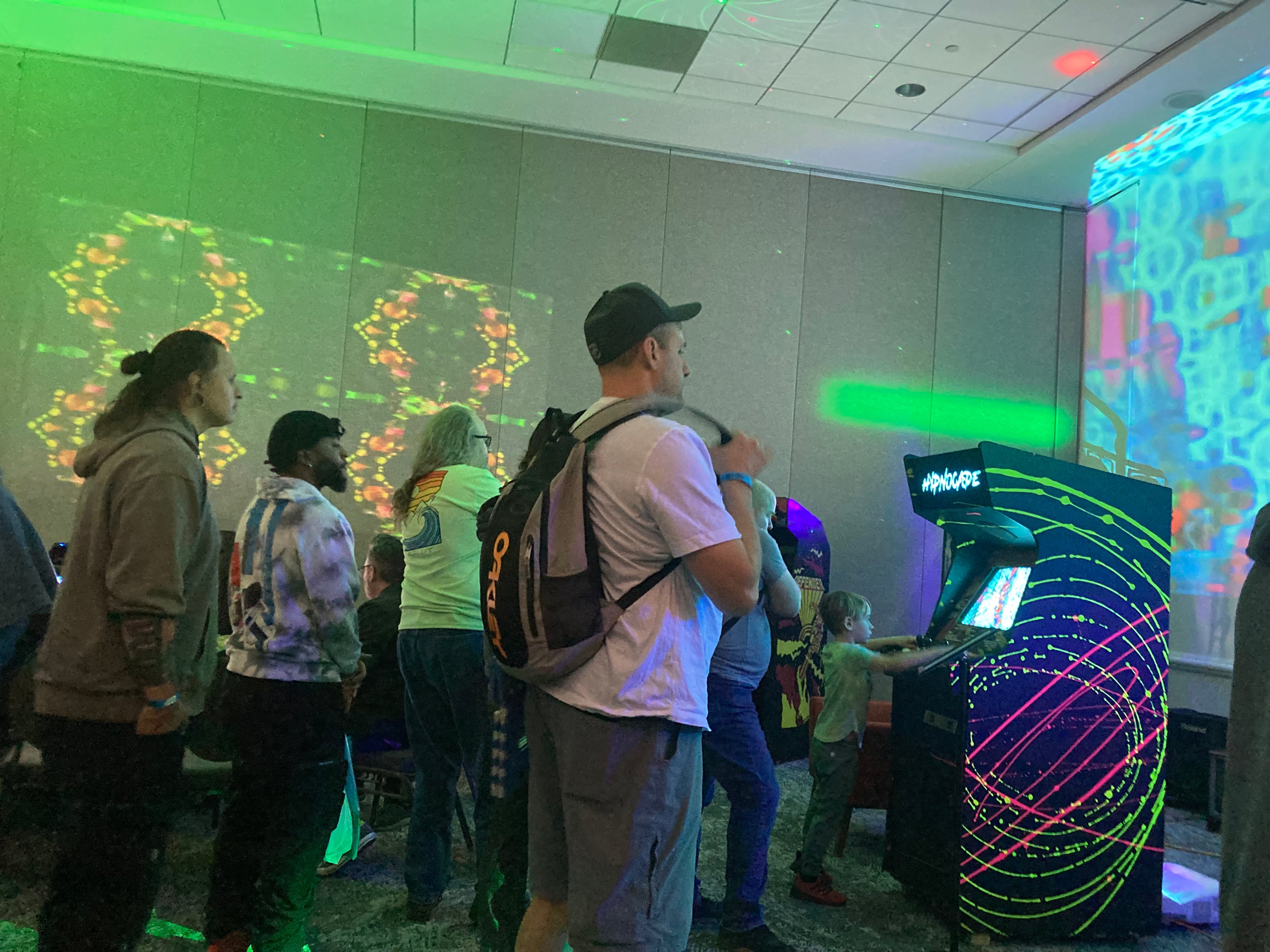
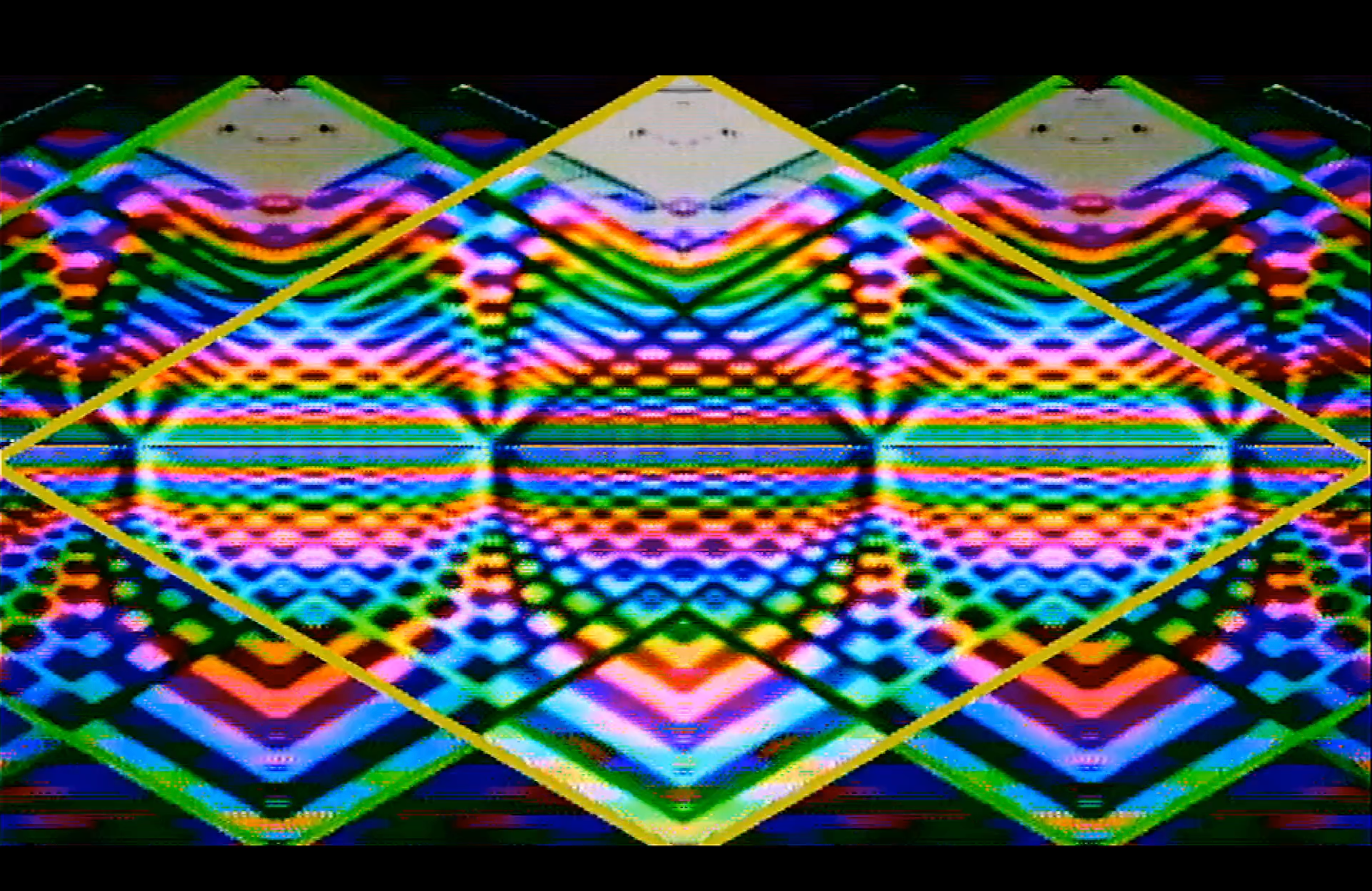
“It took me a few years to realize that what I was doing was art, though,” Jacob admits. “I thought I was just playing around, having fun, and in a lot of ways, like that hasn't changed. But once I recognized that what I was doing was art, it kind of opened the doors for me… letting me allow myself to really just explore more, just eschew the boundaries of what I thought I could do and think more broadly about what I wanted to do with it.”
This newfound permission to dream bigger led him to a crossroads. While he loved the live music scene, it began to feel crowded, with established aesthetics for different genres. He felt a pull to create something different, something that put the tools of creation back into the hands of the audience.
“That kind of got me thinking about how I can do more,” he explains. “What can I do to build something or make something that somebody can interact with? I was just enamored with that idea.”
Recalling the joy he felt sharing his gear and watching friends discover it for the first time, an idea began to form. A friend suggested building a larger, more robust controller for his fragile gear. Another friend, an avid collector of vintage arcade games, offered the final spark: “Well, you know what? About an arcade?”
The hunt led him to a hollowed-out shell of a cabinet—no monitor, no marquee, no guts. It was a blank canvas. This is where Roufa’s professional life as a programmer provided an unexpected artistic superpower.

“That career path has given me a set of engineering skills that allow me to take an idea for a finished product, break it down into the smallest possible steps, and then work on each of those steps in turn,” he says. The project became a crucible of learning. He had to source and fit a monitor, design and wire the entire signal chain, and even learn CAD to design and laser-cut a new controller panel and a custom LED marquee that syncs with the visuals.
“The only thing that I really knew was the actual like video generative module that's inside of this arcade… Everything else, I just said, ‘Well, you know, I can figure it out.’ Thus the hypnocade was born.”
For the last year, the Hypnocade has been bringing that vision to life at events ranging from intimate gatherings to massive festivals. The result, Roufa says, has been his greatest joy as an artist.
“I've had kids as young as two and a half walk up and grab onto the controls… and get, like, just super jazzed, because they understand the relation, right? They're moving a thing, and it's impacting what they're seeing,” he shares, his voice full of warmth. “But then there's people who come up to it, and they they see it, they mess with it… I've had numerous people walk up to me and say, ‘Tell me everything about this. I want to know how it works.’”
This is the core of his mission. The Hypnocade is just the first step. “My plan is to build one a year over the next several years, until I run out of ideas,” he reveals. “I want to have, like, a full arcade that I can take to places and bring that same type of inspiration. I want people to have access to the tools that I use in my studio in a way that's approachable for them.”
For Jacob Roufa, this work transcends technology and aesthetics. It’s about facilitating a fundamental, essential human experience.
“I think that play is maybe the most important thing we can do as humans. It's how we learn the bounds of our world and our existence, and it helps us understand that we're alive and to be so is miraculous and joyous… And if I can participate in that, in some way, bring that to people, that's… It's humbling.”
It is this humble, heartfelt, and technically brilliant approach that makes Jacob such an invaluable part of the neuro.studio collective. He is an artist, an engineer, and a philosopher of play, reminding us all that sometimes the most profound art isn’t just something you see, but something you do.
